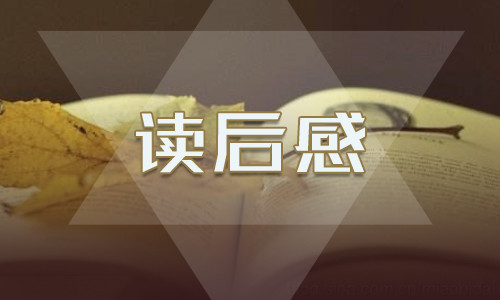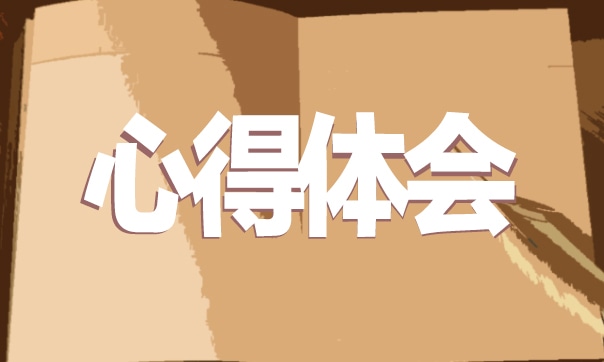文档从网络中收集,已重新整理排版.word版本可编辑.欢迎下载支持.
Varieties of English
Ⅰ.根据句意及首字母或汉语提示,填写单词的适当形式
1.He showed such concern that people took him to be a (亲人). 答案:relative
2.The travel (册子)lured me into taking a vacation. 答案:brochure
3.Her dress (钩住)on a nail. 答案:caught
4.Shall we take a c there and come back by subway? 答案:cab
5.Have some c in your coffee. 答案:cream
Ⅱ.根据汉语提示完成句子
1.He has been to America (许多年). 答案:for ages
2.Students can easily (学会)what I teach in class. 答案:catch on
3.Can you send me (一本公司简介册)? 答案:a brochure about our company
4.Shall we walk or (乘出租车)? 答案:by cab/taxi Ⅲ.完形填空
Body language is one form of non-verbal communication,communication without using words.Different countries have different 1 .What is acceptable in one country may be completely unacceptable in 2 .For example,in China holding up one’s thumb means “good”,but holding up the small finger has the 3 meaning,“ 4 ”.To show the badness in other countries,people may use different gestures,holding thumbs downwards,etc.Interestingly,when you wave goodbye 5 someone who is going 6 from you,he may come 7 to you,because that gesture means “Come 8 !”in his country.
The eyes are said to be “the windows of the soul”.But eye contact may 9 different meanings.In the United States and other western countries,speakers and listeners look in 10 eyes to show attention and interest and respect.In China,Indonesia and rural(乡村)places in Mexico,lowering one’s eyes is a sign 11 respect,and too much eye contact shows 12 manners.
It’s good manners 13 an Arab to stand close 14 his friend when they are talking.But English people 15 like to be too close to one another 16 there is a reason.It could be very interesting to watch an Arab and Englishman 17 together.The Arab who is friendly will move 18 to the Englishman.While the Englishman moves back in order to keep a certain distance 19 .When they finish their talk,they don’t 20 in the same place where they were standing. 1.A.pictures B.ideas C.customs D.ways
1word版本可编辑.欢迎下载支持.
文档从网络中收集,已重新整理排版.word版本可编辑.欢迎下载支持.
提示:不同的国家有不同的风俗,即custom“风俗,习惯”。 答案:C 2.A.other B.another C.the others D.others
提示:one...another 意为“一个……,另一个……”。 答案:B 3.A.same B.other C.good D.opposite
提示:由but表转折可推知,此处应表示“相反”的含义。 答案:D 4.A.bad B.good C.old D.modern 提示:good的反义词是bad。 答案:A 5.A.for B.to C.at D.on
提示:wave goodbye to “跟……挥手再见”。 答案:B 6.A.of B.away C.to D.at 提示:从上文wave goodbye和后面的介词from判断选B项。go away from表示“离开……”,与wave goodbye呼应。 答案:B 7.A.out B.far C.near D.away
提示:come near to “接近”。come out “出来”;come away “离开,脱落”,后均不能跟to搭配。 答案:C 8.A.here B.there C.front D.back
提示:由上文可知此处用come here,意为“过来”。 答案:A 9.A.mean B.have C.make D.find
提示:have different meanings “有不同的意义”。 答案:B
10.A.one’s B.other’s C.another’s D.each other’s
提示:此处指speakers and listeners 两方,故用each other’s “相互的,对方的”。 答案:D 11.A.to B.for C.of D.with
提示:a sign of...意为“一种……的标志”。 答案:C
2word版本可编辑.欢迎下载支持.





